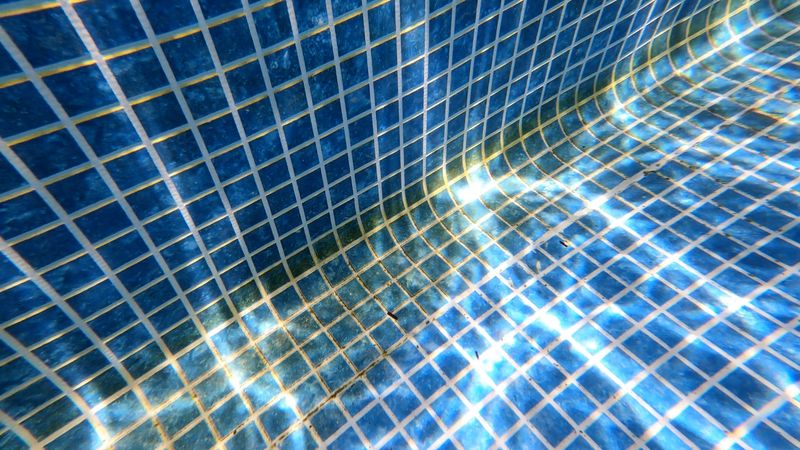Introduction
Hey there, and welcome back to the Pool Nerd. I’m Justin, your resident pool aficionado, and today I’m helping you solve one of the biggest problems of pool ownership: green pool water.
Like many pool owners out there, I used to struggle with green pool water too. Green water may seem like a doomsday situation that needs a ton of time and resources to fix, but in reality, it can be cleaned up fast and easy. So here’s what you need to do.
Step 1: Test and Balance Your Pool Water
First, you will want to test your pool water and balance out any values that are out of place. You’ll want to pay special attention to pH, which should be between 7-7.5, and alkalinity, which should be between 100-150 ppm.
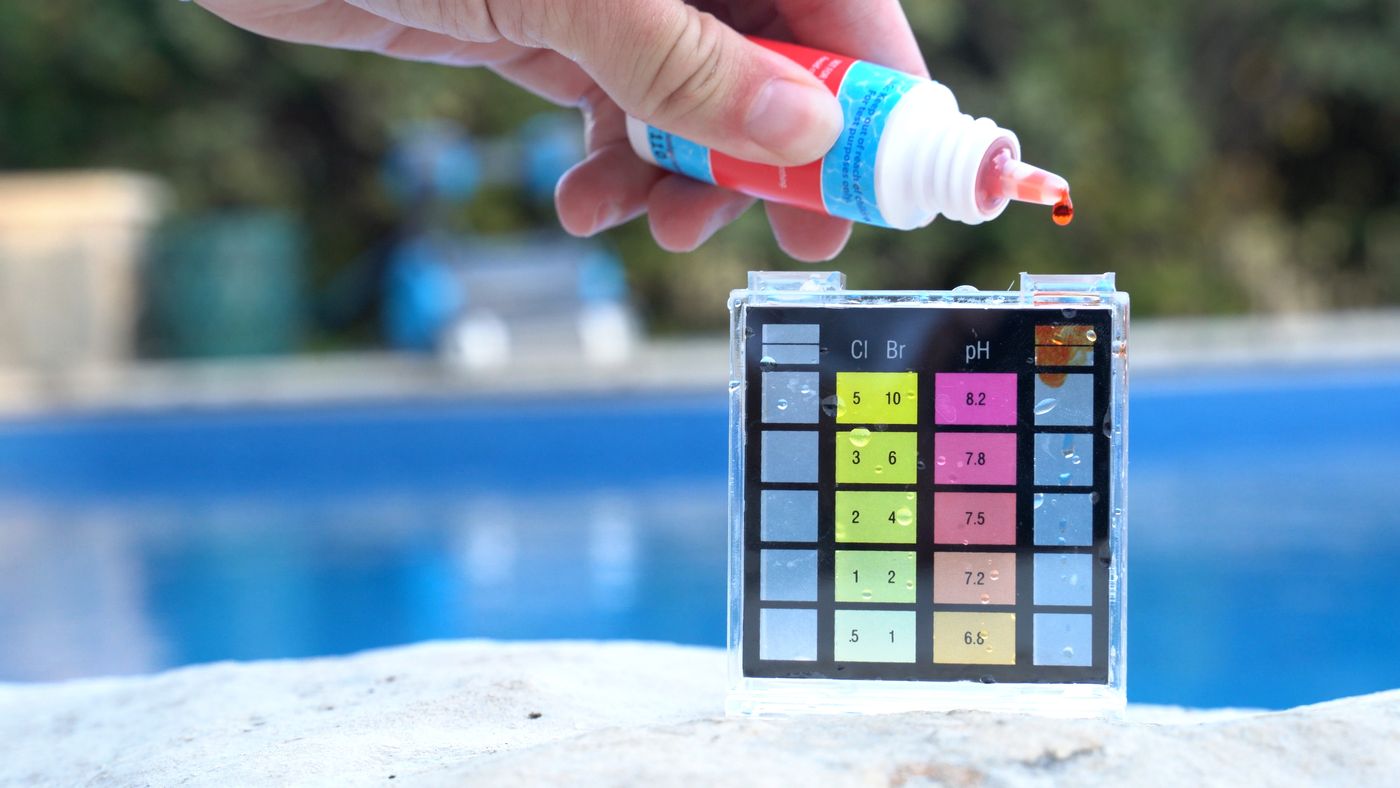
Once you balance these out with the proper chemicals, it's time to start getting rid of the green. If you need to know how to balance your pool chemistry, go check out my complete guide to water chemistry.
Step 2: Scrub the Pool Surfaces
You’ll want to start clearing up your green pool by scrubbing away at the sides, steps, and floors of your pool—pretty much anywhere algae can settle and grow. A robotic pool cleaner can do a lot of this scrubbing for you, so if you don’t already have one, I would check out my Best Robotic Pool Cleaners list to get started. In my pool, I run the Dolphin Premier.
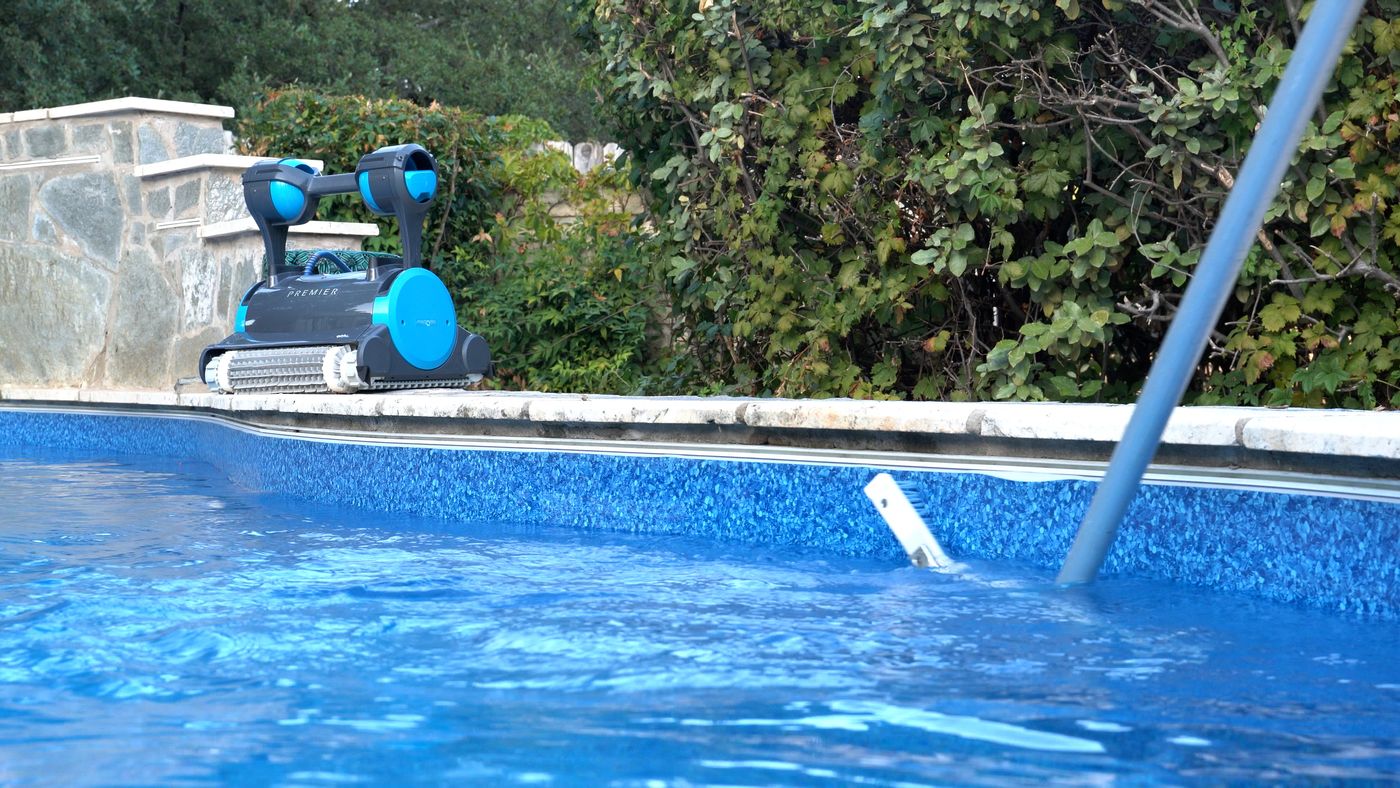
Not only will it clean and scrub, but it will also filter over 4500 gallons per hour and pick up any particles suspended in the pool water, floor, or waterline, which helps speed up the cleaning process. By scrubbing the algae, it will now be floating in the water and more easily isolated, which brings me to the next step: apply a flocculant to your pool.
Step 3: Use a Pool Flocculant
A pool flocculant attracts the algae you just scrubbed off of your pool’s surface, along with other debris floating in the water. Once all of that floating debris is clumped together, it sinks to the bottom of your pool, where it can be vacuumed manually or with a robotic pool cleaner. Once 90% of this algae, debris, and organic matter collected by the flocculant are sucked out of the pool, you can move on to shocking your pool.
Step 4: Shock Your Pool
Before shocking your pool, you’ll want to make sure you have the correct type of chlorine. Normal pucks won’t really do the job, so instead, high-powered liquid chlorine or cal-hypo shock is the way to go. The darker your pool is, the more shock you need to use.
Follow my guide on how to shock your pool →
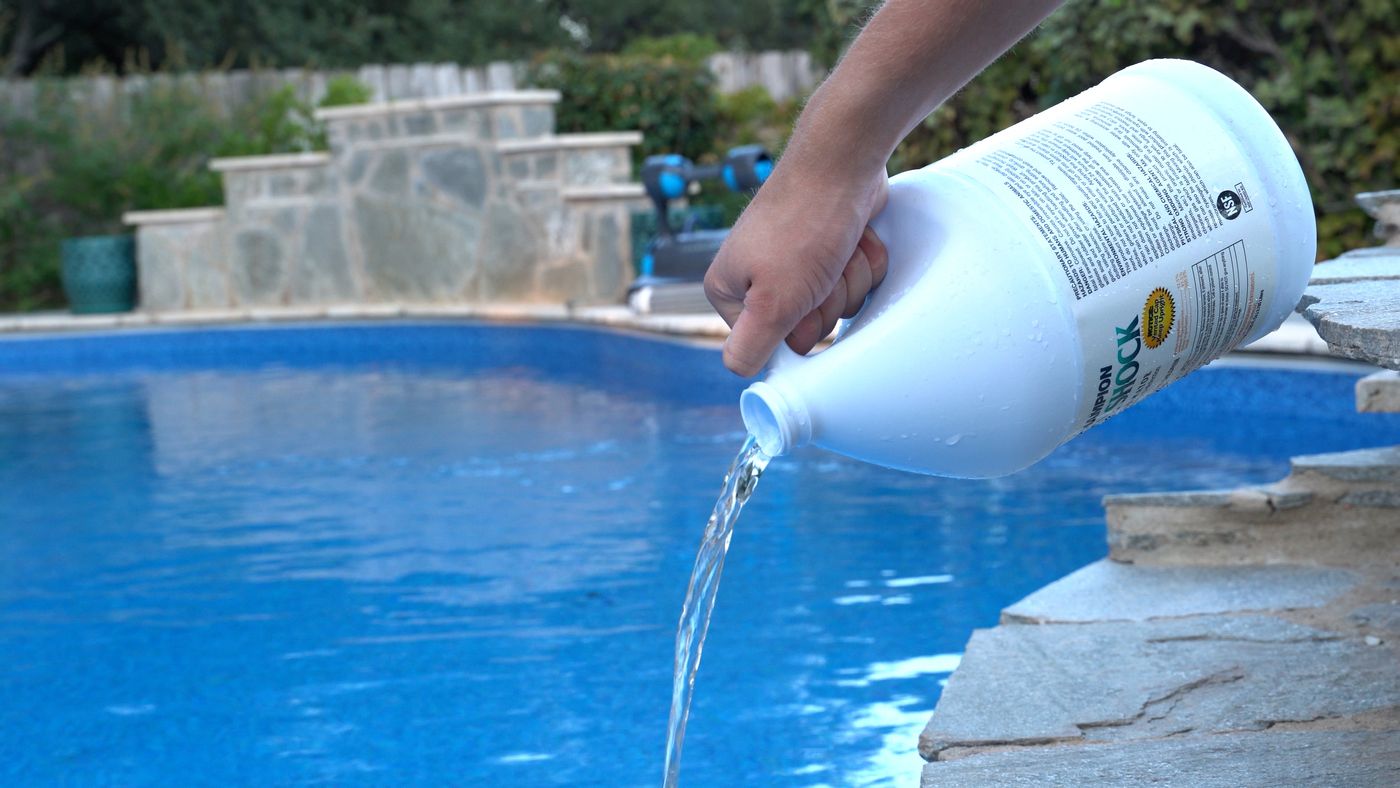
If your pool is just a little green, simply double the amount of chlorine you typically use to shock your pool. If it’s dark green, you can quadruple, or use 4 times your typical pool shock to get rid of all that algae. And remember to always shock your pool in the evening, so the chlorine can do its job.
Step 5: Run Your Pool Pump and Filter
Once you shock your pool, the next step is to run your pool pump overnight to help circulate the chlorine in the water and to filter out whatever your filter can catch. If you aren’t already running your pump 24/7, now is a great time to start, as it will give the chemicals extra time to fully circulate. I can do this thanks to my variable speed Leaf Pump, which cuts down on my energy usage by 90%. The following evening, your water should be clearer, and if it’s still a little green, go ahead and shock the pool again. When your pool is back to the proper blue, go ahead and test the water again and balance it out.
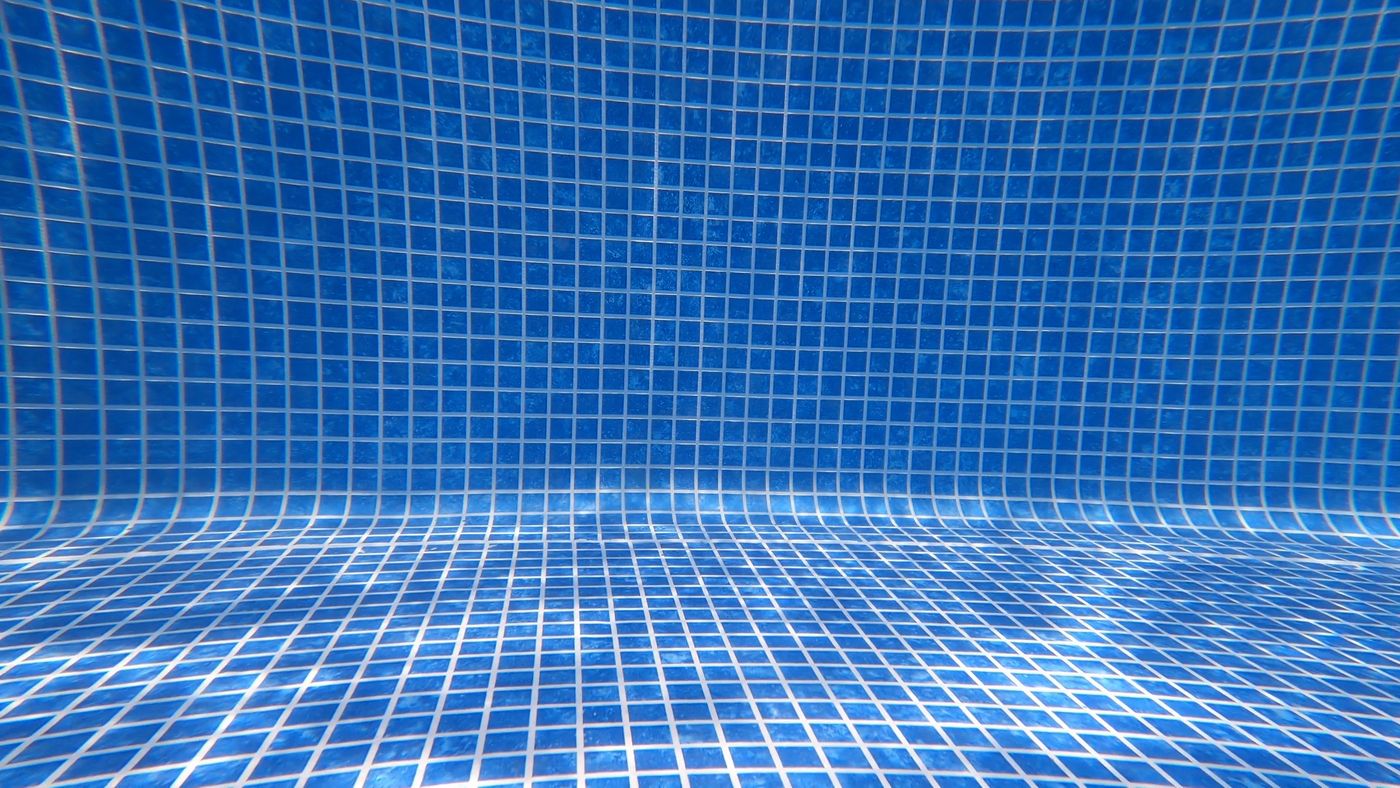
Prevent Green Pool Water
Now fixing green water is one thing, but now you have to prevent it. Green pool water is entirely caused by algae growth in your pool, so the biggest thing is to prevent it from settling and growing. The first thing you can do to prevent green pool water is to test your pool water frequently and maintain the proper levels. This ensures you always have the proper amount of sanitizer in your pool so that algae are always cleaned before they can settle or grow.
Install a UV System
In addition to frequent testing, you can also increase your pool’s sanitation with an Ultraviolet Light Sanitation system, such as the Spectralight I recently added to my pool. The Spectralight uses UV light to sanitize your pool water with fewer chemicals, which means you save money and keep your family and the environment safer, all while keeping your pool clean. Since I added it to my pool, I have had the clearest water I’ve seen, and it makes balancing and maintaining my pool chemistry way easier. I would definitely look into the Spectralight if you want to sanitize your pool, keeping it from becoming green, and making it clearer and easier to maintain.
Increase Pool Circulation
Another thing you can do to ensure your pool water never becomes green is to increase your water circulation so algae can never settle and grow. This can mean adding a pool robot to your pool to double the circulation power of your pool while also scrubbing away algae that is already there. If you want to learn more about robotic pool cleaners, go check out my list of the best robotic pool cleaners of 2025
Conclusion
So there you have it, how to clean your green pool and how to prevent it in the future through testing, UV sanitation, and increasing pool circulation. By following these steps, you won’t ever have to worry about green pool water.
Your resident pool aficionado.
For over 5+ years, The Pool Nerd has been a leading source in the swimming pool industry. With years of experince owning a swimming pool, our hope here is to guide and help making owning a swimming pool easier.
